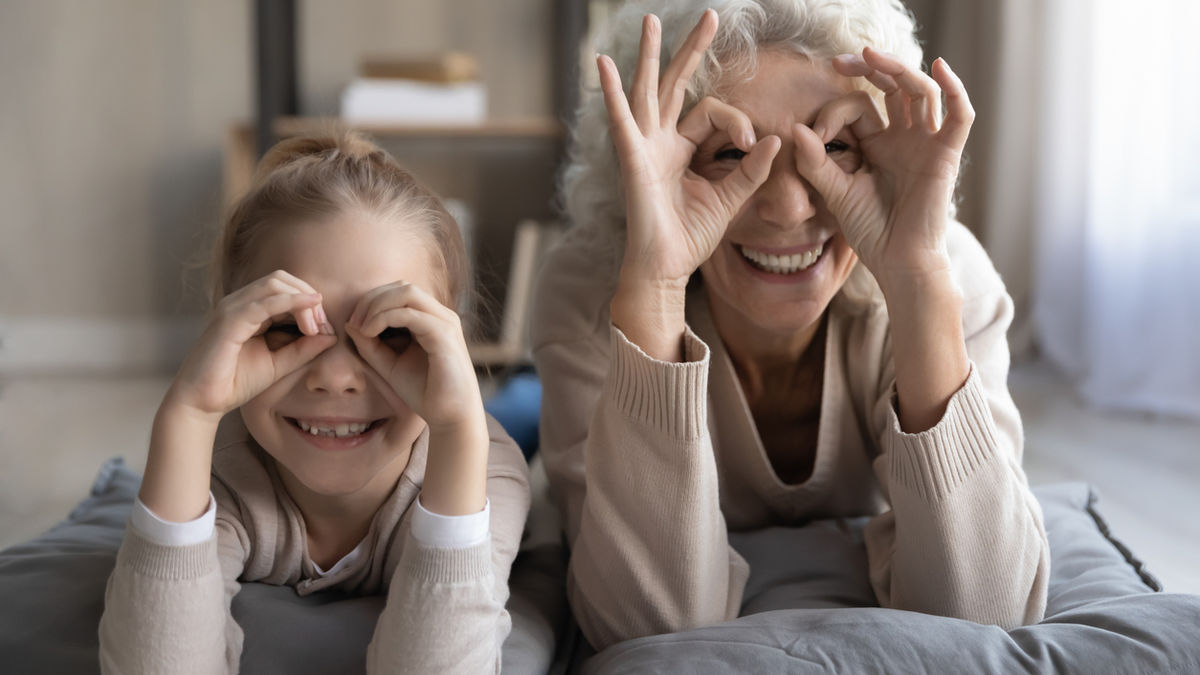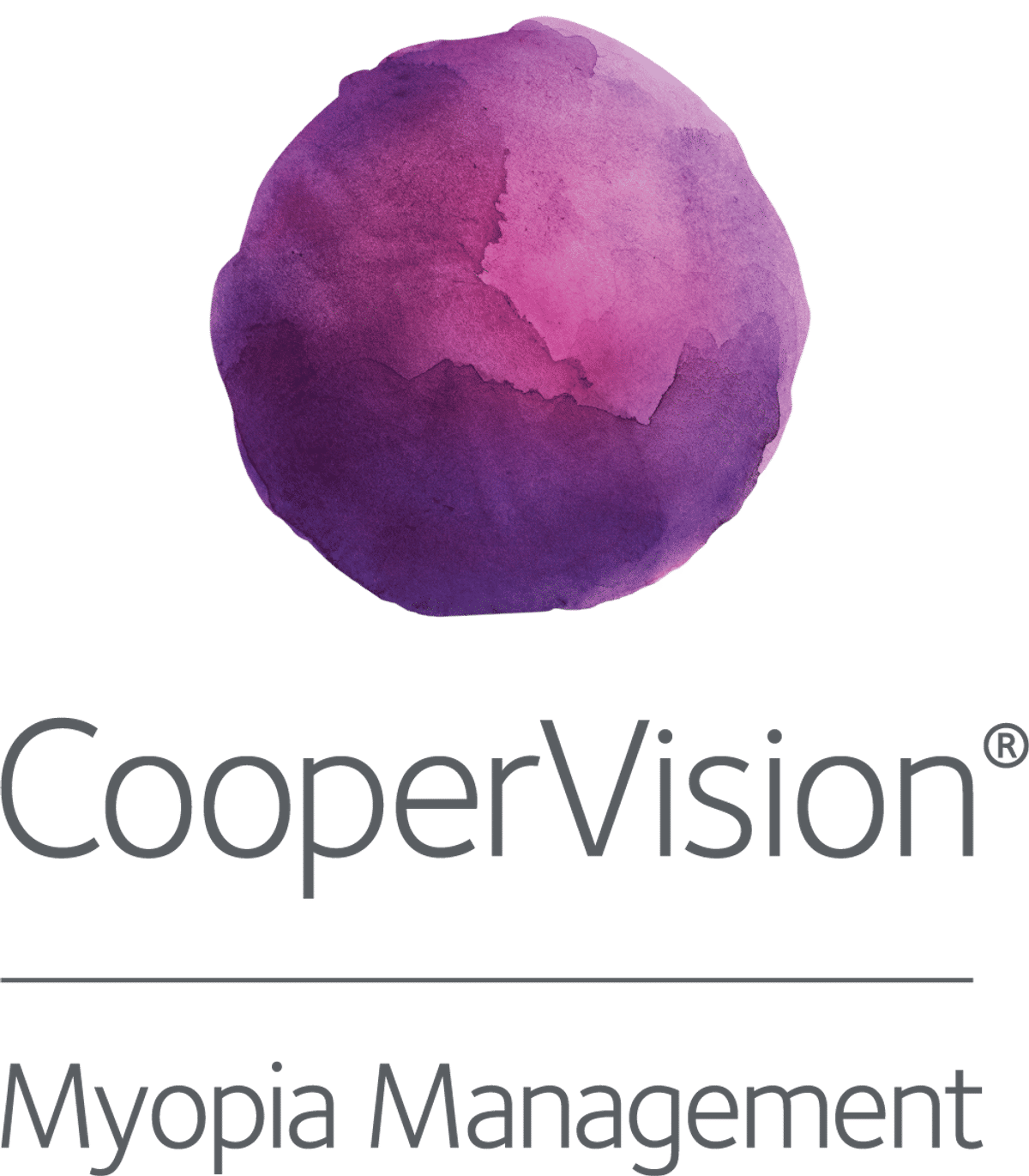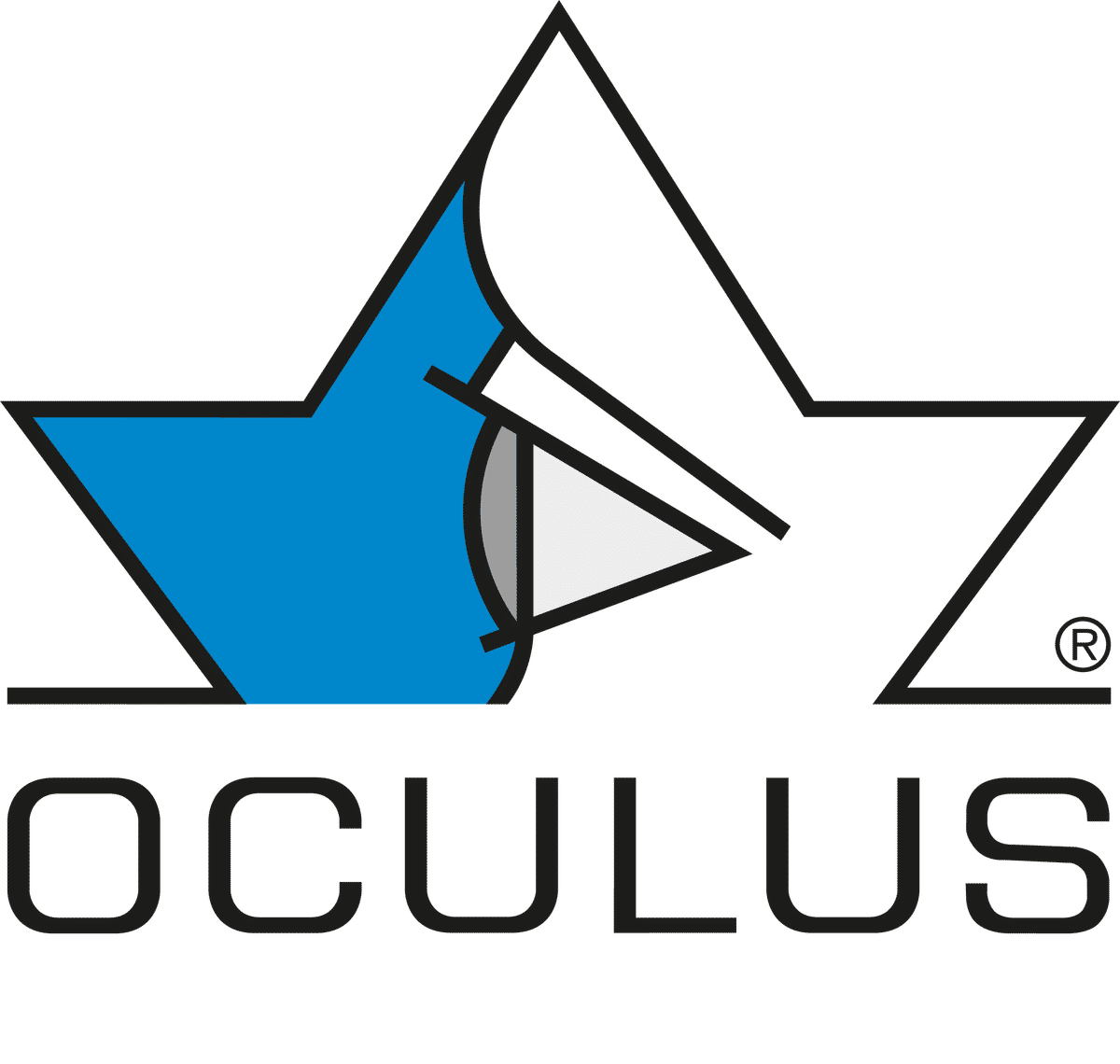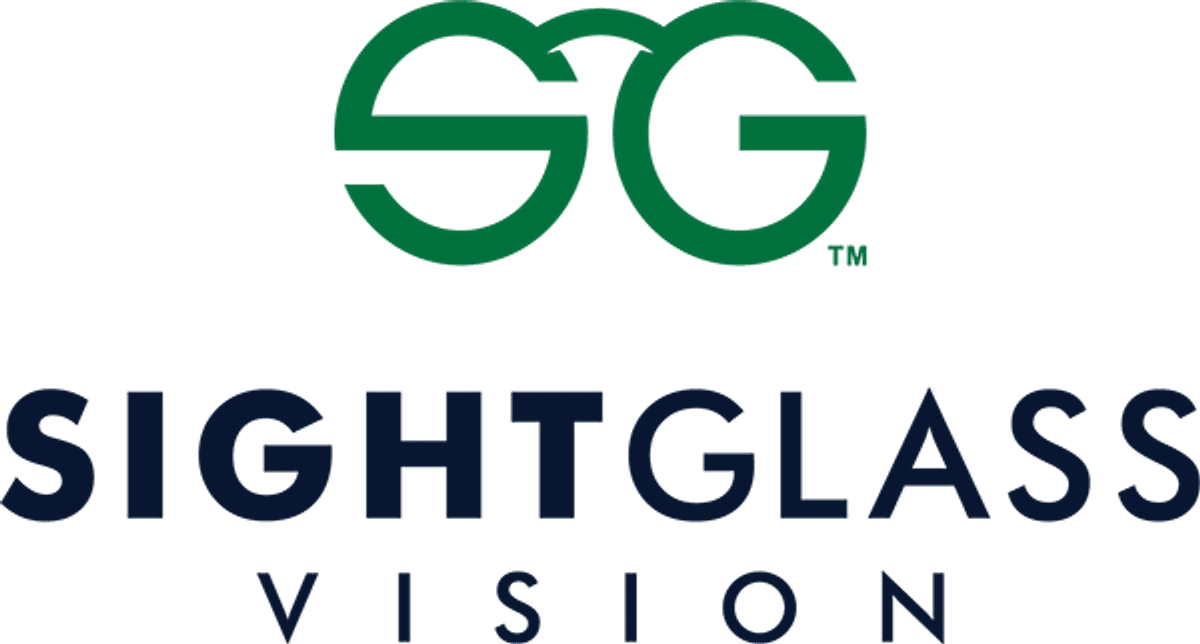Science
What Do Different Age Groups Really Know About Myopia?

In this article:
This study examined how myopia awareness, behaviours, and concerns differ across age groups in China, revealing the need for age-specific education strategies to improve eye care habits and counter misinformation.
Paper title: A survey of public eye-care behavior and myopia education
Authors: Liu Q (1,2), Chen M (1,2), Yan T (1,2), Jiang N (1,2), Shu Q (1,2), Liang X (1,2), Tao Z (1,2), Yang X (1,2), Nie W (1,2), Guo Y (1,2), Li X (1,2), Zhu DJ (3), Zeng C (1,2), Li J (1,2), Li L (1,2)
Affiliations:
- Department of Ophthalmology, Shanghai Ninth People’s Hospital, School of Medicine, Shanghai Jiao Tong University, Shanghai, China
- Shanghai Key Laboratory of Orbital Diseases and Ocular Oncology, Shanghai, China
- College of Arts and Science, New York University, New York, NY, United States
Date: Published online February 18, 2025
Reference: Liu Q, Chen M, Yan T, Jiang N, Shu Q, Liang X, Tao Z, Yang X, Nie W, Guo Y, Li X, Zhu DJ, Zeng C, Li J, Li L. A survey of public eye-care behavior and myopia education. Front Public Health. 2025 Feb 18;13:1518956.
Summary
Awareness of myopia and the understanding that it can be actively managed are central to encouraging patients and families to seek out myopia control strategies. Social media has been an effective platform for boosting awareness about public health issues, and spreading medical knowledge. As a result, this study aimed to explore the current state of knowledge, behaviours, and beliefs around myopia among various age groups, and how this can inform more targeted and effective education in China.
Using a cross-sectional survey, this study distributed an online questionnaire via social media platforms, targeting individuals (n=393) across a range of age groups (18–25, 26–35, 36–45, 46–60, ≥60). The survey collected information on participants’ self-reported refractive status, knowledge of and perception of myopia, eye care habits, and behaviours (e.g. ). Responses were analysed by age category to identify differences in awareness and behaviour across demographic groups.
Key points they found were:
- Age-related trends: Children (0–17 years) had better eye care habits, including regular eye exams and higher adherence to the 20-20-20 rule. Young adults (18–25 years) showed the poorest eye care habits, despite high myopia prevalence.
- Comprehensive vs frequent eye exams: Comprehensive exams were more strongly associated with myopia presence than exam frequency, suggesting that myopic individuals seek more detailed exams as a method of managing myopia.
- Low adherence to the 20-20-20 rule: Despite its known benefits for reducing digital eye strain and potentially preventing myopia, adherence was low across all age groups.
- Different age groups had distinct concerns: Children/adolescents (≤17) focused on basic understanding of myopia. Young adults (18–25) were more interested in managing myopia. Adults (36–45) were more pre-occupied about online myths and misinformation.
What does this mean for my practice?
This article highlights the importance of tailoring eye care recommendations to match the knowledge level, concerns, and clinical priorities of each age group. Recognizing that patients present with different mindsets and motivations at various life stages is key to effective communication. For example, children and adolescents under 17 are often more receptive to foundational education about what myopia is and how it can be prevented. While they may not yet be highly engaged with the concept of myopia management, they remain the most critical group for implementing early intervention strategies. In contrast, young adults aged 18–25 show the highest interest in myopia management—despite already having a high prevalence of myopia and being past the optimal window for prevention. Meanwhile, older adults are more likely to be influenced by misinformation or outdated beliefs, meaning clinicians may need to spend more time correcting misconceptions during consultations. Understanding these age-related differences allows for more relevant and impactful clinical conversations.
What we still need to learn
While this study offers valuable insights into public awareness and behaviours surrounding myopia, several limitations highlight areas for future research. The use of convenience sampling and the underrepresentation of older adults, particularly those over 60, limit the generalizability of the findings. The study also did not explore the potential effects of gender or geographic region on myopia knowledge and prevalence. Additionally, while associations between eye care habits and myopia were observed, the underlying causes were not directly tested. Future studies should adopt probabilistic sampling methods, include larger and more diverse populations, and investigate regional influences. Longitudinal studies or intervention trials could further validate findings and assess the impact of targeted education campaigns. Importantly, research should explore the development and impact of age-specific science communication strategies to combat misinformation and improve myopia outcomes across all age groups.
Meet the Authors:
About Jeanne Saw
Jeanne is a clinical optometrist based in Sydney, Australia. She has worked as a research assistant with leading vision scientists, and has a keen interest in myopia control and professional education.
As Manager, Professional Affairs and Partnerships, Jeanne works closely with Dr Kate Gifford in developing content and strategy across Myopia Profile's platforms, and in working with industry partners. Jeanne also writes for the CLINICAL domain of MyopiaProfile.com, and the My Kids Vision website, our public awareness platform.
Enormous thanks to our visionary sponsors
Myopia Profile’s growth into a world leading platform has been made possible through the support of our visionary sponsors, who share our mission to improve children’s vision care worldwide. Click on their logos to learn about how these companies are innovating and developing resources with us to support you in managing your patients with myopia.










